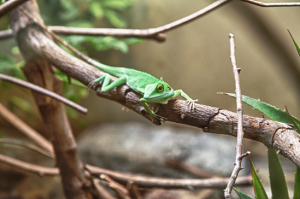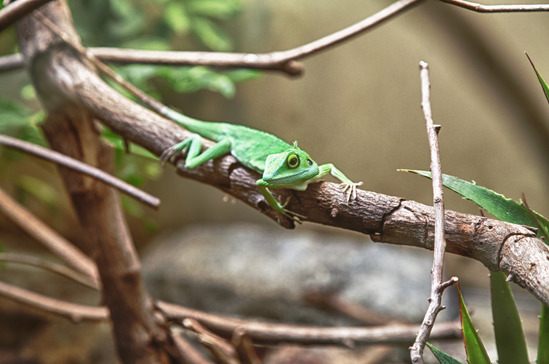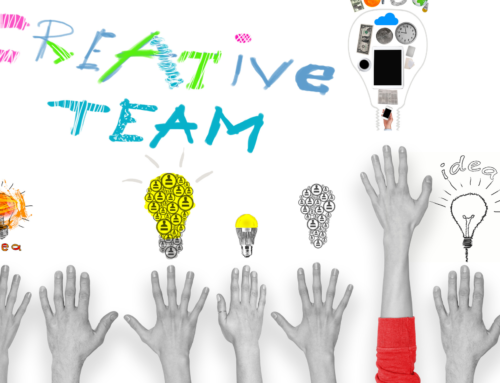 Typically, we ride to work the same way day after day, often ignoring what we see around us because it is so routine. Our surroundings, however, can be a source of inspiration, revelation and insight for our thinking processes.
Typically, we ride to work the same way day after day, often ignoring what we see around us because it is so routine. Our surroundings, however, can be a source of inspiration, revelation and insight for our thinking processes.
Develop the habit of watching. Start paying attention and noticing people, objects and nature around you. For example, when you see a young mother crossing the street with a baby in the stroller, note what you see. Does the mother look happy or sad? Is the baby sleeping or awake?
Take time to really look at nature. When you pass a tree, notice what kind of tree it is. Are the leaves green? Or are they turning brown, making way for winter? Look at the shadows and take note of their flickering movements. When you are listening to classical music on the radio, visualize how each instrumentalist looks. Imagine that the people you see in the street are all dancing to the tune you are hearing.
Develop your curiosity. Remember, curiosity is an important component of awareness and thinking creatively. When you were a child, you were curious and you saw so much wonder in the world. Curiosity helped Bill Gates create Microsoft. It helped Archimedes discover the law of displacement. It helped Maria Montessori transform childhood education, and helped Newton discover the law of gravity. Einstein once said, “I know quite certainly that I have no special gift except that I have curiosity, obsession and dogged endurance which, combined with self-critique, have brought me ideas.”







Leave A Comment